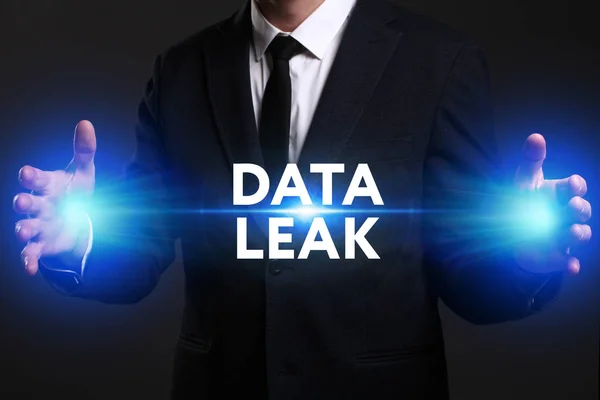PowerSchool Data Breach: What We Know and What’s Missing?
Revealing the Hidden Truths of PowerSchool’s ‘Massive’ Student Data Breach

- A Major Breach with Widespread Implications
In December 2024, U.S.-based educational technology provider PowerSchool fell victim to a significant cybersecurity breach. Serving over 18,000 schools and approximately 60 million students, PowerSchool’s systems were infiltrated, compromising sensitive student and staff data. While the breach has made headlines, numerous questions remain unanswered, leaving schools, educators, and parents concerned about its full scope.
- Breach Overview
PowerSchool confirmed that attackers gained unauthorized access to their customer support portal, PowerSource, on December 28, 2024. The breach exploited compromised credentials, and at the time, the PowerSource portal did not have multi-factor authentication (MFA) in place, which might have prevented unauthorized access. The attackers then gained entry to PowerSchool’s Student Information System (SIS), which holds critical data such as student records, grades, attendance, and enrollment information.
Beth Keebler, a spokesperson for PowerSchool, shared that while the primary company systems were protected with MFA, the absence of this security layer on PowerSource created a vulnerability that hackers exploited.
- Unanswered Questions about the Impact
How Many Schools and Students Are Affected?
Despite acknowledging the breach, PowerSchool has refrained from revealing the total number of impacted institutions or individuals. However, reports from affected schools suggest that the breach could be extensive. For instance:
- The Toronto District School Board, Canada’s largest school board, reported that hackers accessed 40 years’ worth of student records.
- California’s Menlo Park City School District confirmed the compromise of data on all current students and staff, as well as historical data dating back to the 2009-2010 school year.
- What Data Was Stolen?
According to a communication shared with customers, hackers accessed highly sensitive personal information, including:
- Names, addresses, and demographic details
- Social Security numbers
- Academic records and grades
- Medical information
- Information about parental access rights, including restraining orders and medication schedules for students
Multiple school districts have reported that all historical student and teacher data stored in the system was accessed, further amplifying concerns about the scale and implications of the breach.
- Power School’s Response to the Attack
In the wake of the incident, PowerSchool hired cybersecurity firm CrowdStrike to investigate and mitigate the breach. The company has also implemented multi-factor authentication across its systems to bolster security.
PowerSchool communicated that it worked with a cyber-extortion incident response company to negotiate with the hackers and prevent the stolen data from being published. While the company stated that it believes the data has been deleted without replication, it has not provided concrete evidence to support this claim, leaving many stakeholders skeptical.
- The Ransom Payment and Its Fallout
Although Power School’s statements confirm that it engaged in negotiations with the hackers, the amount paid to prevent the publication of the data remains undisclosed. This lack of transparency has raised concerns about whether the company’s actions effectively safeguarded the compromised information.
- Who Was Behind the Attack?
One of the most significant unknowns is the identity of the attackers. While PowerSchool has been in contact with the hackers, it has not disclosed any details about their identity or motives. Cyber Steward, the Canadian incident response organization that assisted in negotiations, has also remained silent on the matter.
- Implications for the Education Sector
The PowerSchool breach highlights critical vulnerabilities in the education sector’s digital infrastructure. The exposure of sensitive student and staff data poses significant risks, including identity theft and other malicious activities. For example, the stolen data—which includes Social Security numbers and medical records—could be exploited by cybercriminals for fraudulent purposes.
This breach serves as a wake-up call for educational institutions to prioritize robust cybersecurity measures. Key steps include implementing multi-factor authentication across all systems, conducting regular security audits, and ensuring comprehensive incident response plans are in place.
- What Schools and Parents Can Do?
While PowerSchool works to address the aftermath of the breach, schools and parents must take proactive measures to safeguard personal information:
- Monitor Credit Activity: Parents and staff should monitor credit reports for unusual activity to detect potential identity theft.
- Implement Strong Passwords: Encourage the use of unique and strong passwords for all accounts associated with school systems.
- Educate on Cybersecurity Best Practices: Schools should provide training on recognizing phishing attempts and other cyber threats.
The PowerSchool data breach underscores the growing need for enhanced cybersecurity in educational technology. As the investigation continues, stakeholders must remain vigilant and advocate for transparency and stronger protections. Only by addressing these vulnerabilities can the education sector ensure the safety and privacy of its community.
For more updates on this story and other trending topics, visit trendsnip.com.




